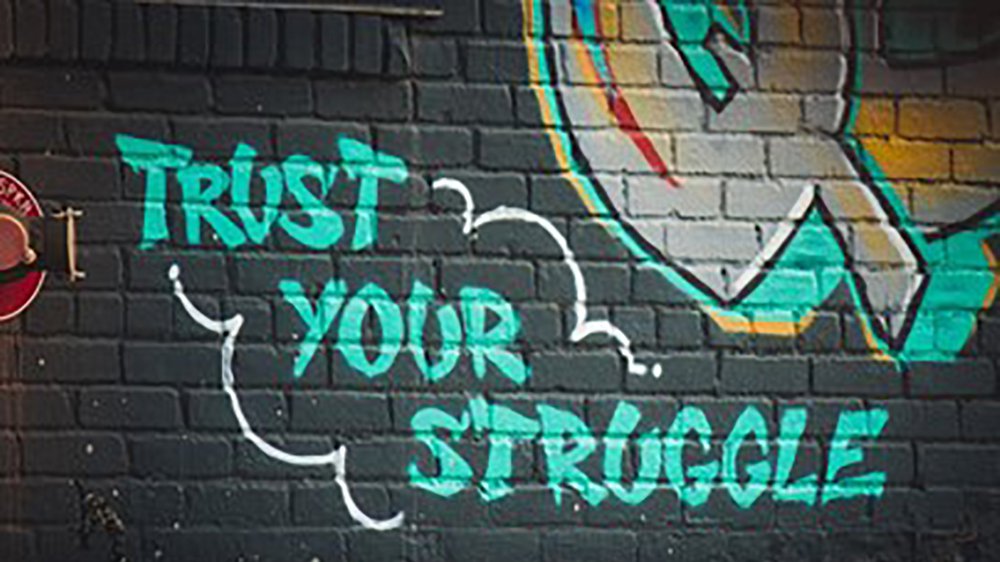To offset lost educational opportunities during the COVID-19 pandemic, schools and educators are seeking new ways to expand access to learning and address students’ social-emotional and academic needs. Recent data reveals nearly two-thirds of states are choosing to use American Rescue Plan funds to expand tutoring programs. Each state is responding to learning loss by taking a unique approach to increasing tutoring capacity, but will those programs match up to evidence-based best practices?
High-dosage tutoring, programs that provide each student with individual or small-group instruction for approximately 75 minutes per week over a 36-week period, has the best track record to catch students up academically. To achieve the strongest outcomes, schools should approach tutoring as a collaborative, inquiry-based process that empowers students to own their learning through engaging them in productive struggle.
The Power of Identifying Questions
Tutoring programs should be collective environments in which students use inquiry and Socratic dialogue to address points of confusion to achieve a more complete understanding of what they are learning. That is the power of productive struggle. Tutoring that leverages productive struggle, reflection, and the activation of prior knowledge shifts the cognitive workload to students over time, increasing engagement and ultimately empowering them to better understand how they learn.
Use a tutoring process that features a scaffolded and supportive approach to help students exercise their ‘inquiry muscles.’ The process is divided into three parts: before, during and after the tutorial. Before the tutorial, students prepare by identifying questions they have about the material. They learn to use their resources and background knowledge to clearly articulate what they do not understand. During the tutorial, they present their specific question in a small group, share any steps they have already taken to understand the problem, and engage in academic conversation to deepen their understanding or find clarity about the concept or problem. After the tutorial, students reflect on their learning, articulate which resources and strategies helped them find clarity or better understand the concept or problem and apply their newfound skills and learnings in their academic classes. Shifting the focus of tutoring sessions to that of an inquiry-based process increases student engagement and learning, in one-to-one or individual tutoring sessions as well as small group tutoring sessions.
Tutorial programs deliver the strongest educational impact when they both accelerate learning and help students develop the academic skills they need to be successful in the future. To evaluate the outcome of tutorial program processes, schools and educators should consider these four questions:
- Do students learn how to ask for help? Developing thoughtful questions is essential to the inquiry learning process. Students need to learn how to identify a question, concept or problem they are struggling with, pull together their resources and notes, outline what they have done to better understand the concept, and then ask the tutor or peer group for help with their points of confusion. Students should come to tutoring sessions prepared to share a particular problem or question they have in one of their classes.
- Does your tutoring program require leveraging higher-order thinking skills? To push students’ thinking, the environment should encourage tutors and group members to ask questions of the student presenting their points of confusion. This will facilitate the learning process by helping them to find a way to the answer, as opposed to giving the answer. As the tutoring sessions progress, questions should become increasingly more complex and subject-specific.
- How do students develop their confidence with academic language? Students should reflect on their own participation during the sessions and how they use academic language to wrestle with their problem or question. As tutor talk decreases, student talk should increase and create natural space for students to engage in authentic academic conversations. This gradual release of responsibility during tutoring promotes academic confidence for students while deepening their content knowledge.
- Are your tutors trained to support students engaging in productive struggle? Tutors trained to facilitate critical thinking through the use of leveled questions are able to move students from feeling “stuck” to being able to clearly articulate what they do not understand and identify what is needed to gain understanding of a concept or problem. This process empowers students to learn how to personalize learning according to how they learn best, deepening their content knowledge, and persevering through a supported productive struggle.
As schools and educators allocate additional educational resources and implement new tutoring processes amid learning challenges from the COVID-19 pandemic, empowering student confidence and ownership should remain a central theme. At the end of the day, successful tutoring should accomplish two things for students: Address the questions they currently have and equip them with strategies to ask questions and advocate for their learning, regardless of the subject.
About the author
Dr. Lynn Kepp is the Vice President of Executive Communications and Project Management Office at AVID, a nonprofit training 85,000 educators annually to close the opportunity gap and prepare students for college, careers, and life. She has a Doctorate in Education from UC Riverside with a research focus on Teacher Development and has a Master’s in Science Education from Cal State Fullerton.
Over the course of AVID’s forty-year history, at least 1.6 million AVID Elective students have collectively participated in roughly 3 million hours of AVID’s inquiry-based, student-led tutorials. To learn more about how tutorials can help accelerate learning, contact AVID.











